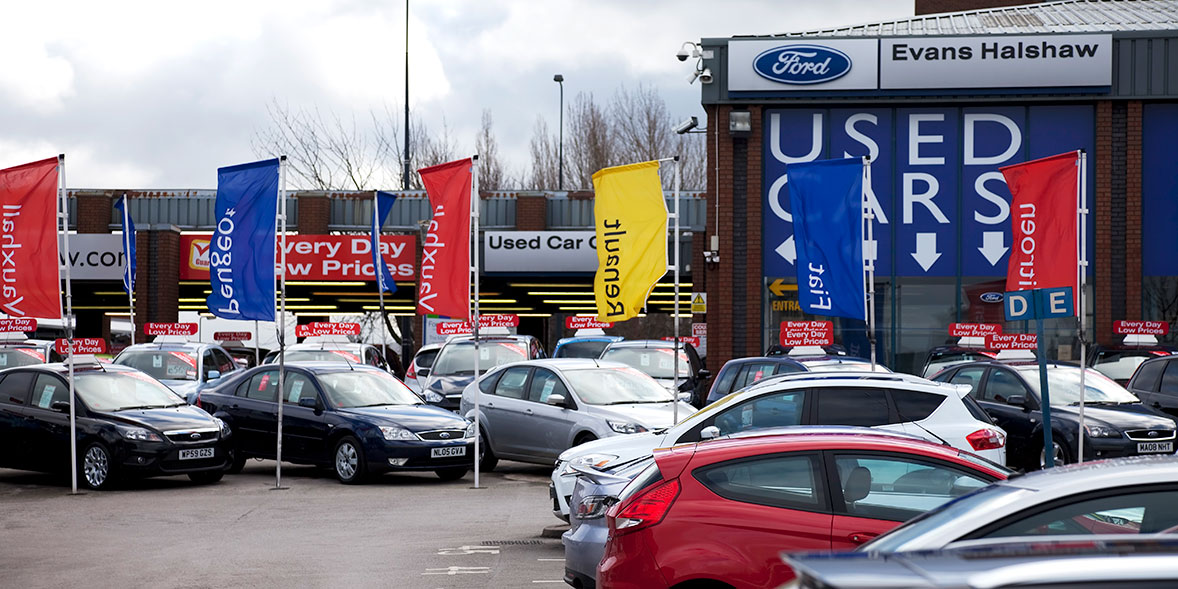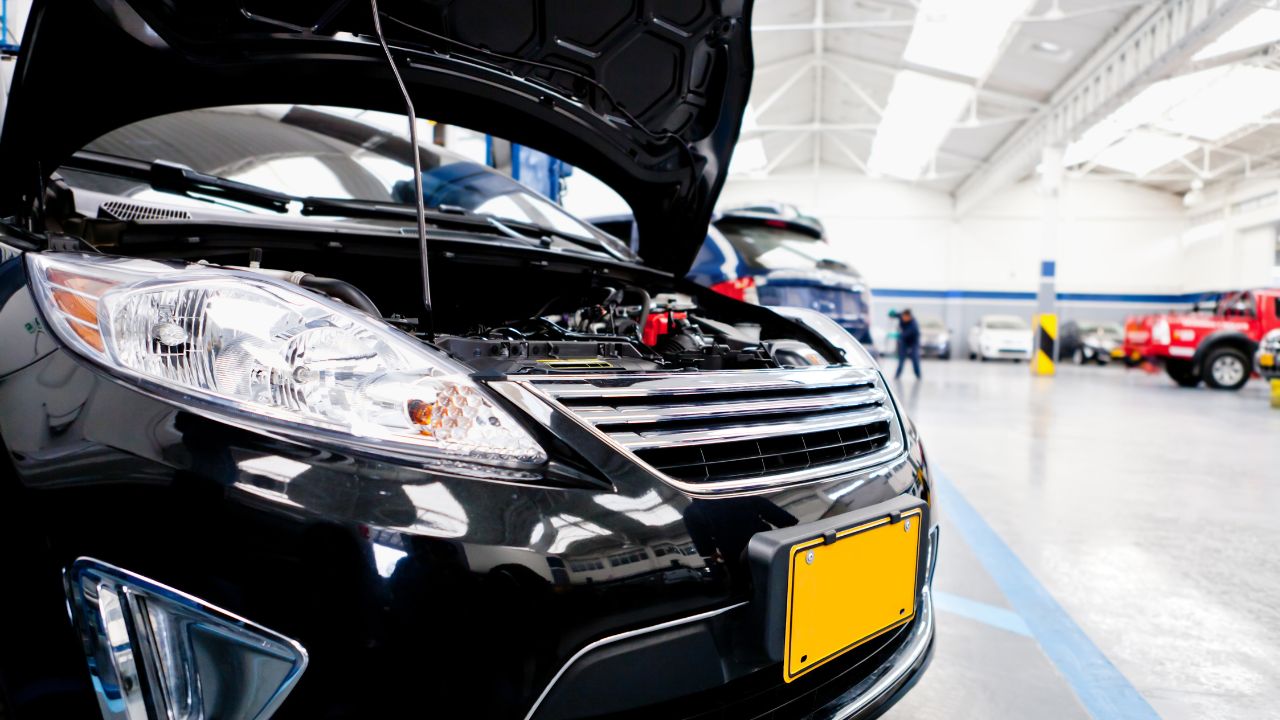
Car breakdowns can be very stressful. This article will cover common reasons for car accidents and what types of insurance you may need. It will also explain how to prepare for a vehicle breakdown and how to find help from a service to repair it. This article will show you how to handle a breakdown, from contacting emergency services to identifying the reason. Here are some details to help you get started:
Common causes of a breakdown car
Flat or damaged tire are the main causes of a vehicle breaking down. While flats can be caused by driving over sharp surfaces, many are preventable and can be avoided. Flat tyres can be caused by improper pressure, infrequent changing and general wear and tear. Many of these problems can be easily fixed. These are the three most common causes of a broken car.
Flat tyres: While you might be able to change one flat tyre by yourself, it's not wise to ignore multiple. One flat tyre per car will make it impossible for the vehicle to move. Additionally, it can cause damage to the tires and force you to call a towtruck. Regular service will prevent this from happening. A regular check of your car and making sure all parts are current is the best way to prevent a breakdown.

Types of breakdown coverage
Different types offer different levels or protection. Some only cover the roadside, while others offer a range of services to cover everything from replacing keys to onward travel protection. Your vehicle's type and individual needs will determine the extent of your breakdown coverage. Here are some examples of the most popular types and how they function. You need to choose the policy that best suits your needs. We hope this article answers any questions you may have about your breakdown coverage.
One type of breakdown car insurance pays for the cost of non-accident repairs, similar to an extended warranty. You can purchase it separately or as an addition to your auto insurance policy. Car problems can be costly, and most people don't set aside money to cover them. You can get mechanical breakdown insurance to cover the cost of repairs you are unable to pay for. These types of coverage can be arranged through most car insurers.
Preparing for a mechanical breakdown
Even though a mechanical breakdown can be very convenient, it's important to prepare for such an event. Regular inspections are essential, as are routine maintenance tasks. Knowing the number of roadside help is important as it can assist you in getting back on the roads. This number is important to keep in your mobile phone. You can always call roadside help if you are not able to.
You can also purchase an extended auto warranty. This will extend the coverage of your vehicle's manufacturer's warranty. These policies can also provide peace of mind for you in case your vehicle suffers a malfunction. Before purchasing a breakdown insurance policy, it is advisable to check with your insurer. There are many companies that offer insurance that provides breakdown coverage. You should make sure it covers your particular vehicle.

For assistance with a breakdown recovery team
A vehicle owner should make a decision about a breakdown service. It's possible for your travel plans to be ruined by a breakdown that occurs in the middle nowhere. Modern vehicles are equipped with dozens of sensors, a fairly large computer, and complex gadgetry. Unfortunately, if these systems fail and you're stranded in the middle of nowhere, the only solution is to call a roadside assistance service to help you haul your car to a garage.
Roadside assistance is the most basic type of breakdown coverage. A trained specialist will arrive at your car and help you fix it immediately. In some cases, they may tow your vehicle to a garage. The type of assistance you receive will depend on what breakdown policy you have. You may also be limited to roadside assistance within your local area. For those who live beyond that distance, a fee may be required for a breakdown service to come pick you up.
FAQ
How long is an automotive course?
An automotive course is three years long.
The first year of your training is devoted to theory. You will learn all about cars. The second year will be spent in practical training. Here you will learn how fix engines, drive and other mechanic jobs. The final year is spent doing a placement at a local garage, which gives you experience in fixing real-world problems.
What kind of car mechanic jobs exists?
There are three main areas of employment for car mechanics:
-
Automotive repair shops
-
Dealerships
-
Independent garages
Automotive repair shops
This is where most people consider becoming a mechanic. It's the easiest way for most people to get started. You can either work at a shop owned by someone else or set up your own business.
If you plan to work in a shop, you must apply to join the union. After you are accepted to the union, you will receive training from it.
Once the training is completed, you can start working.
You will need to register if your garage is going to be open. Once you have registered, certain standards will be enforced.
After you have registered, you will be issued a license to operate your garage.
Your license allows for minor repairs and spare parts sales. It will not allow you to repair major engine problems.
As well as selling spare parts you will need to offer advice and direction to customers.
Dealership jobs
Most dealerships employ mechanics that specialize in one aspect of the vehicle. They might be able to only fix brakes or replace tires.
Some dealerships hire general mechanics to handle all aspects of car repair.
Many of these positions require that applicants undergo training before they are allowed to work. Employers are able to choose which candidates will best suit their position.
Some dealerships even recruit graduates straight from university. These graduates already know the basics of mechanical engineering and therefore have no problem learning about cars.
Independent garages
Independent garages aren't associated with any particular dealership. Instead, they focus on high-quality customer service.
Independent garages have the ability to afford higher wages, as they aren’t associated with any one company. This makes them generally more well-paid than jobs at dealerships.
Independent garages don't necessarily make for better work environments. Many business owners prefer to own their businesses and not delegate the responsibility to others.
You might find yourself working long hours but having no control over what happens in the day.
It is also possible to expect lower wages than you would if working at a dealer.
The good news? You can easily switch between different types of jobs. Ask your employer if you would like to work as a mechanic at a dealership.
If you prefer to work in an independent garage, you might consider applying directly to its owner.
Finding a new job is not always easy. You can earn more depending on many other factors.
For example, the type of vehicle you repair and whether you charge extra for labor.
What is the distinction between a mechanic or an automotive technician?
They are both similar, but not identical. A mechanic repairs cars and an automotive technician performs maintenance.
A mechanic must possess good manual dexterity, and be able perform simple tasks efficiently. They must also be able to diagnose problems accurately and repair them effectively.
An automotive technician is required to have more technical knowledge than a mechanic. They must be capable of reading blueprints and using tools such as drills, wrenches, etc.
They must also be able to carry out complex procedures safely. They need to be familiar with various types of engines and electrical system.
They must also be able comprehend how the various parts interrelate with one another.
As a result, a mechanic usually earns less money than an automotive technician. But there are many opportunities for both jobs.
What is the best career for an automotive mechanic?
There are many exciting opportunities in the automotive industry for people who are driven to achieve excellence. Working hard and learning from others is the best way to be successful in this field.
Because you will be spending most of your time communicating with customers and employees, you will need excellent communication skills. It is important that you are willing to travel, work long hours and be able to commute.
If you're interested in pursuing a career in automotive, consider taking classes at community colleges and universities. Many schools offer programs specifically designed for students interested in auto repair, sales, or customer service.
Mechanical engineering should be your first choice for a degree. You can get your bachelor's degree in as little as four years.
Many companies will hire students straight out of college. So it's wise to start looking for employment while you still have the chance to study part-time.
After your education is complete, you will probably need some training in order to become an automotive technician.
You will need to pass the Automotive Service Excellence certification exam. This test covers topics including engine maintenance, brakes, steering systems, suspension, and more.
After passing the ASE exam, you can apply for a National Institute for Automotive Service Excellence license.
You can perform repairs on private cars by obtaining a license. You'll be paid based upon the number of services provided.
Not all states require licensing. You will need a license if you want to work in a different state.
Some states don’t issue licenses until a certain amount has been completed. This could be you.
Does it matter where I go to college?
You're wrong. There's no difference between colleges regarding getting into the automotive industry. There are some schools that offer more specific programs than others.
How can I prepare to become a mechanic apprentice?
It is essential to understand what you are getting into. You need to understand the mechanics of cars and how they work. You will be able to know exactly where to begin when you arrive at the garage for your first day.
You should also know how to fix common problems such as tires or broken lights.
These lessons will help you to identify and fix problems.
For the purpose of putting them back together again, you'll need to be able to identify how each piece fits together.
Finally, be proficient in using tools safely and efficiently.
All of these factors will allow you to become a skilled mechanic.
Statistics
- According to the BLS, total auto technician employment is expected to exceed 705,000 by 2030. (uti.edu)
- According to the BLS, the median annual salary for automotive service technicians and mechanics in the United States was $44,050 in May 2020. (uti.edu)
- There were 749,900 jobs available for automotive service technicians and mechanics in 2016, which is expected to grow by six percent through 2026. (jobhero.com)
External Links
How To
How to diagnose your vehicle properly for repair
To determine if your car needs repairs, you should first look at the symptoms that your car presents. Next, you can follow these steps in order to diagnose your car.
-
Check engine lights. Make sure to check all dashboard indicators like the engine light indicator (oil pressure gauge), the battery indicator (battery light indicator), and the RPM indicator (rpm gauge). If any of them have been flashing for several days, it may mean something is wrong with your vehicle.
-
Examine the treads of the tires. If the tires are worn out, they could cause problems with handling and braking. You should also inspect the wheel treads. They should be clean and smooth. This can be done by removing the wheels from the vehicle and taking them off. Use a flashlight to see how well the treads are worn.
-
Pay attention to the level of your brake fluid. You must keep track on the level of brake fluid in your vehicle. You can ensure that your brakes are working properly by monitoring the level of brake fluid in your vehicle. If the brake fluid level is low, your brakes might fail when you apply pressure to them.
-
Test the suspension system. Vehicles usually have a suspension system that helps absorb shocks and vibrations while driving. It allows for better control, smooth acceleration, and deceleration. A suspension problem can cause your vehicle to feel wobbly and shake uncontrollably. To test whether your vehicle has a suspension issue, try putting weight on the front or rear axle and observe the movement.
-
Examine the steering wheel. The steering columns are what connect the steering knob to the rest. Sometimes, steering columns are damaged by accidents. It is recommended to replace any steering column that feels loose, or shakey.
-
Pay close attention to the exhaust tube. The exhaust pipes transport gases from the combustion chamber to outside. You can let harmful fumes into your home if your exhaust pipes crack or leak. If your tailpipe bends, it is important to fix it immediately.
-
Take a look under your hood. If you see anything unusual, take a look under the hood. Leakage of fluids in your engine could indicate that it is leaking. If you smell something strange coming from your engine compartment you should call a professional technician.
-
You should inspect your air filter. Your vehicle's air filter collects dust and debris from the outside environment. A dirty air filter causes your vehicle to run poorly. Replace your air filter regularly.
-
The fan belt should be checked. The fan belt is the link between the engine and the transmission. The engine will not turn if the fan belt breaks. It's easy to replace the belt. You will need a screwdriver, pliers and a pair of pliers.
-
You should inspect the radiator and hoses. The radiator-hose carries water to the engine. If it becomes cracked or damaged, it can leak hot liquid onto the engine. You only need a pair of needle-nose pliers and a small wire brush to repair the hose.
-
Make sure you have the windshield wipers checked. Windshield wipers use electricity to remove snow and rain. They can leave streaks on your windows glass if they stop working. Change the washer fluid to fix the problem.
-
Make sure you check the cables. The batteries provide power to the electrical systems within your car. If you are replacing batteries, disconnect the negative cord first. Failure to do so can damage your alternator.
-
Check the headlights. Headlights help you see the road ahead. Bad visibility can be caused by headlights that don't work correctly. Check the bulbs to see if they've burned out.
-
Be sure to check the lights. When you approach them at night, the lights warn other drivers. You may be distracted by the light and end up in an accident.
-
Check your brakes. Before you collide with another vehicle, brakes will slow down the car. If the brakes fail to work correctly, your car could lose control and collide with another vehicle.
-
Make sure to change the oil. The oil keeps your engine well lubricated. It prevents metal parts from rusting too quickly. It is recommended that the oil be changed every other month.